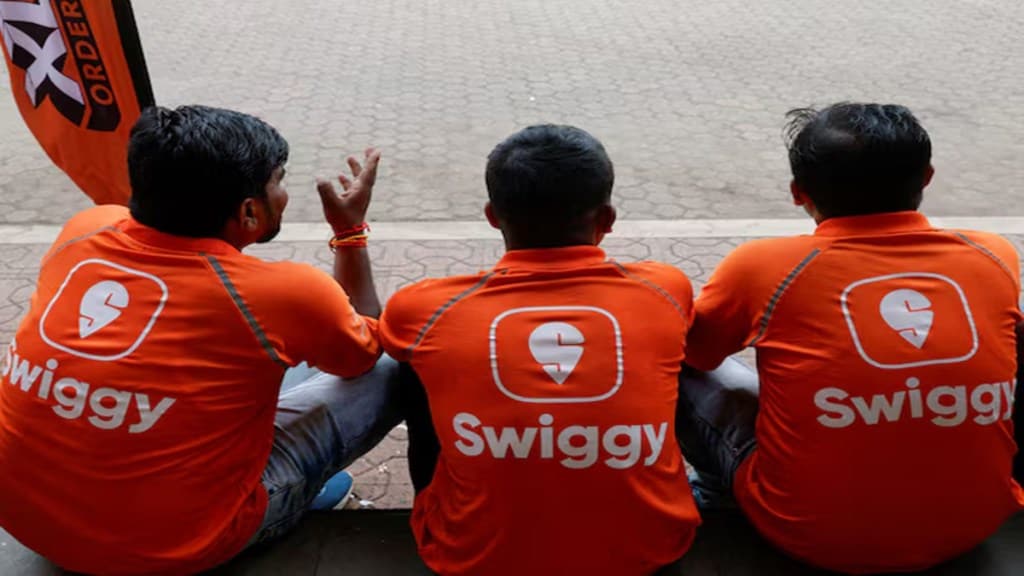Food delivery giant Swiggy isn’t just about bringing meals to your doorstep—it’s also about making thousands of smart, fast decisions every second. Behind the scenes, Swiggy relies on an enormous pool of data and artificial intelligence (AI) to ensure everything runs smoothly, especially in India’s dynamic, hyper-local market.
Swiggy collects data from nearly every interaction—when a customer browses the app, places an order, a restaurant confirms it, or a delivery partner picks it up.
“We are very, very hyperlocal. We have trained our models to ensure that whatever people are looking for, they are seeing those items—and that the right availability is shown,” Akash Agarwal, a principal engineer at Swiggy said while presenting at the Databricks Data + AI Summit in San Francisco.
He added that the scale that Swiggy’s food and quick commerce operations have reached is immense with more than 17 million monthly transactions on the app, and 3.5 billion orders as of September 2024.
This data includes everything from location and traffic to customer preferences and city-wise demand patterns. For instance, bachelor-heavy areas might see a spike in snack and soft drink orders, while family neighbourhoods prefer groceries and staples.
All of this information feeds into what Swiggy calls its “data lake”—a central place where different types of data come together. This helps Swiggy track and analyse things in real time. So, when you open the app, it can instantly tell you how long your food will take to arrive based on past data, current traffic, restaurant load, and delivery partner availability.
Real-time data also helps Swiggy make decisions on the ground.
“All our metrics, whatever data we have, it has to be as real time as possible. In fact, most of the data source has to be available in a couple of seconds to take the right decisions,” Agarwal said.
For example, if one part of a city is facing a sudden spike in orders—say during an IPL match—managers can shift delivery partners from quieter zones to busier ones. This flexibility is only possible because Swiggy processes vast amounts of data in just seconds. The app’s backend currently makes more than a million predictions per second currently.
To handle this scale, Swiggy uses a smart data system that sorts raw information into layers. The first layer stores everything as-is, which is useful for audits. The next layers clean and organise the data so it can be used for business reports, AI models, or tracking operations like discounts and inventory.
Swiggy has also built tools that make this data useful for employees across teams—whether it’s marketing, operations, or customer service. For example, dashboards summarise performance and even suggest what actions to take, saving staff the trouble of crunching numbers.
Swiggy has AI models trained on this unified data which help with everything from recommending restaurants to predicting delivery delays. It’s chatbot, powered by large language models, answers customer questions in real time, reducing the load on human agents.
(The correspondent is in San Francisco at the invitation of Databricks)


